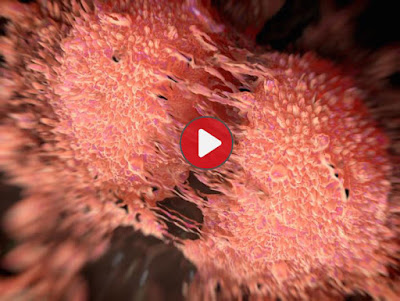The essential macronutrients are water, proteins, carbohydrates, fats, vitamins, and minerals.
In developed countries, vitamin deficiencies result mainly from poverty, food fads, drugs, or alcoholism. Vitamin toxicity (hypervitaminosis) usually results from taking megadoses of Vitamin A, D, B6, or niacin. In general, excess amounts of water-soluble vitamins are excreted via the Kidneys.

Vitamins may be Fat soluble (vitamins A, D, E, and K) or Water soluble (B vitamins and vitamin C). The B vitamins include biotin, Folate, niacin, pantothenic acid, riboflavin, thiamine, pyridoxine, and B12. After digestion and absorption, which circulatory system carries fat and fat-soluble vitamins?
“Vitamins are the essential nutrients that our body needs in small amounts. More specifically, an organic compound is defined as a vitamin when an organism requires it, but not synthesized by that organism in the required amounts (or at all). There are thirteen recognized vitamins.”
Vegans may develop vitamin B12 deficiency unless they consume yeast extracts or Asian style fermented foods. Strictly, vegetarian diets also tend to be low in calcium, iron, and zinc.











